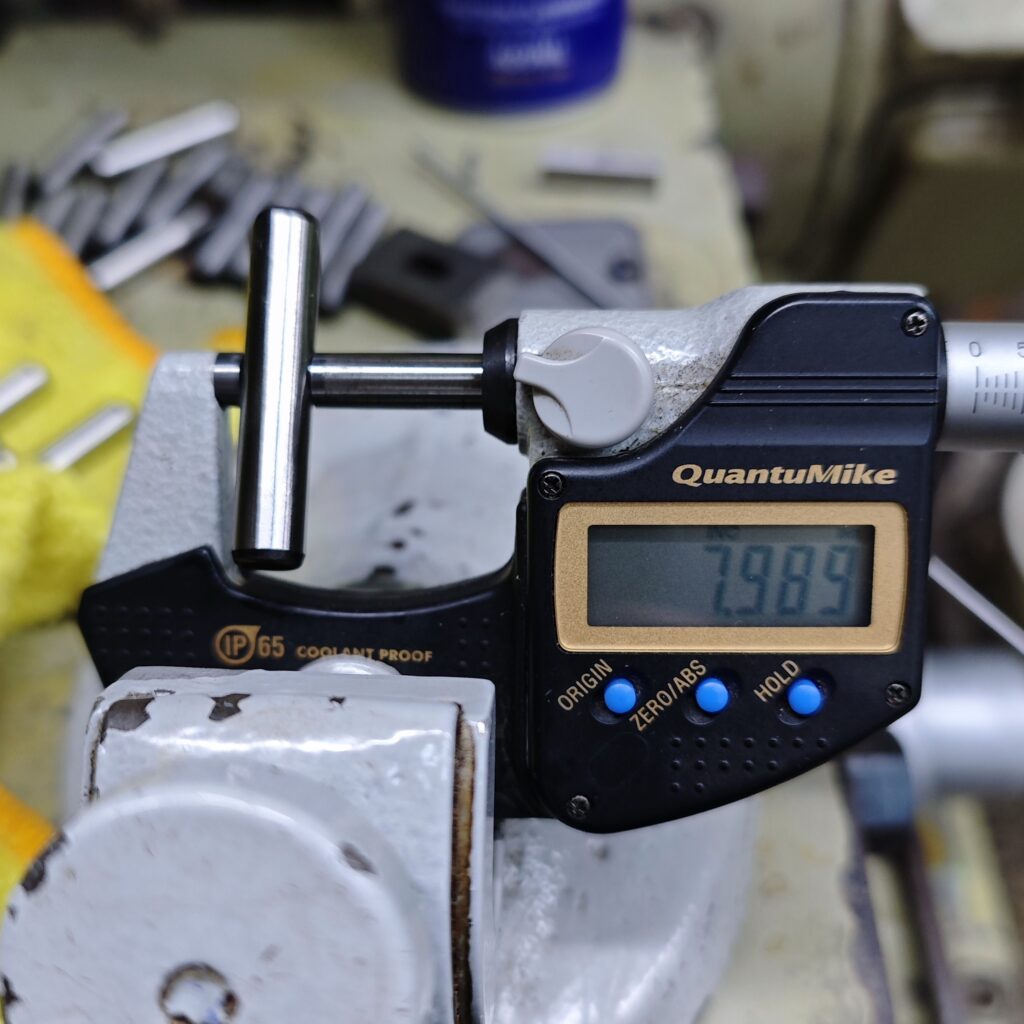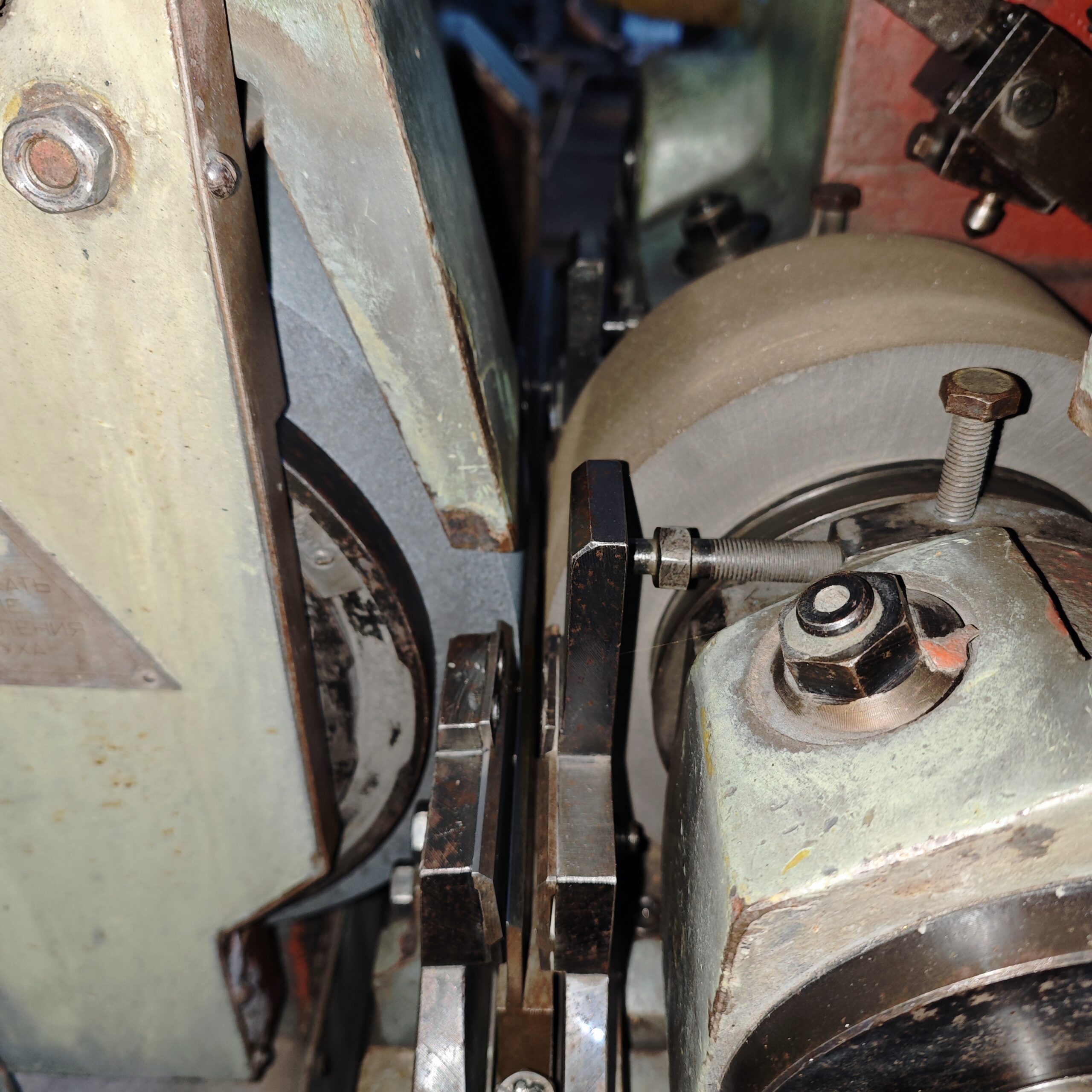Centerless Grinding
Definition and Process Overview
Centerless grinding is a precision machining process in which the workpiece is supported between a regulating wheel and a grinding wheel, without the use of a fixed center or chuck. This allows for high throughput and consistent quality in cylindrical parts.
Key Advantages
One of the primary benefits of centerless grinding is its ability to process large volumes of workpieces with minimal setup time efficiently. Unlike traditional grinding methods, it eliminates the need for centers, reducing the risk of workpiece deflection.
Applications in Industry
Centerless grinding is widely used in industries such as automotive, aerospace, and medical device manufacturing. Common applications include precision shafts, fasteners, and bearing components.
Types of Centerless Grinding
There are three main types of centerless grinding: through-feed, in-feed, and end-feed. Through-feed is used for continuous production of cylindrical parts, in-feed is suitable for complex geometries, and end-feed is employed for tapered workpieces.
Process Parameters and Control
Key parameters in centerless grinding include wheel speed, workpiece speed, feed rate, and grinding pressure. Proper control of these parameters ensures optimal surface finish and dimensional accuracy.



Leave a Comment